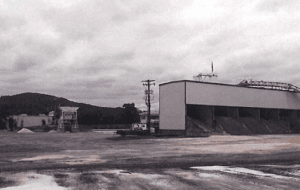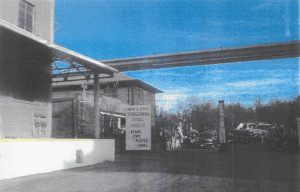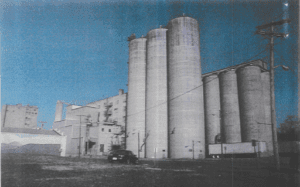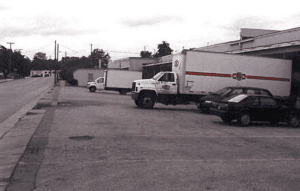
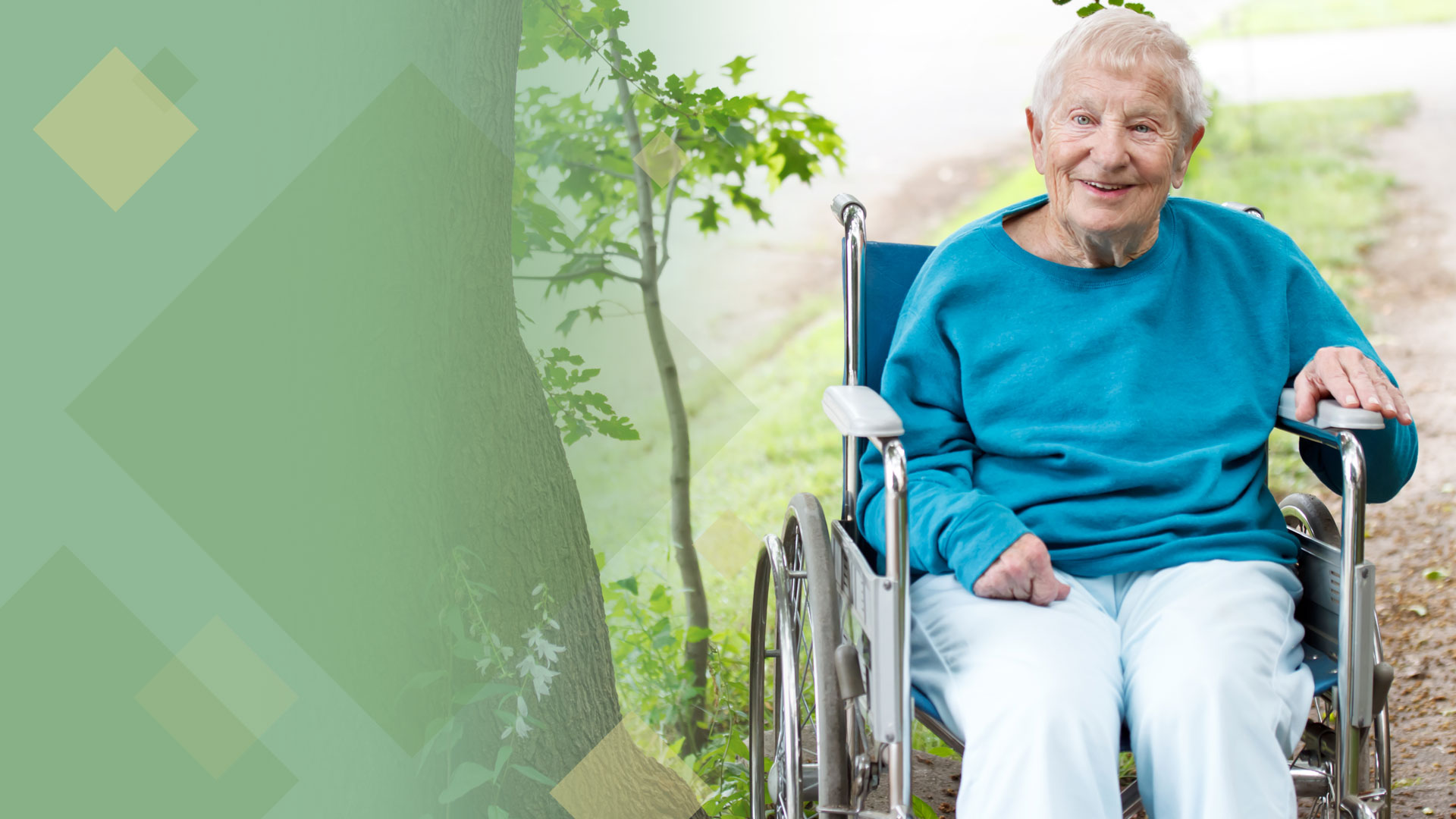



Self-sufficiency starts when you look beyond the worries of day-to-day living and begin to shape your own future
Self-sufficiency starts when you look beyond the worries of day-to-day living and begin to shape your own future
Self-sufficiency starts when you look beyond the worries of day-to-day living and begin to shape your own future
Helping disabled and elderly low-income persons achieve a level of personal and financial stability and independence
Helping disabled and elderly low-income persons achieve a level of personal and financial stability and independence
Helping disabled and elderly low-income persons achieve a level of personal and financial stability and independence
Connecting public housing residents with opportunities in education, job training and employment
Connecting public housing residents with opportunities in education, job training and employment
Connecting public housing residents with opportunities in education, job training and employment
Strengthening Our
Communities
Strengthening Our
Communities
Strengthening Our
Communities
Ongoing support to make positive changes in your life
Ongoing support to make positive changes in your life
Ongoing support to make positive changes in your life
Redevelopment At RRHA
Since its inception, the City of Roanoke Redevelopment and Housing Authority has played a significant role in redevelopment and revitalization efforts in the City of Roanoke.
Table of Contents
What Is Redevelopment?
The term ‘redevelopment’ is often used interchangeably with revitalization or renovation. However, the denotation of the word is removing or razing structures and building new ones in their place. As a redevelopment authority, the term has a definition in the Virginia Code that applies to redevelopment areas and redevelopment plans that RRHA and the City of Roanoke have partnered in. RRHA and the City created redevelopment plans after studying areas and determining that significant blight was detrimental to future economic use. RRHA is the acquisition agent in such redevelopment plans and acquires property to implement the redevelopment plan’s early stages.
Under Virginia Code RRHA has the power of eminent domain in redevelopment areas, but in past redevelopment projects was usually able to acquire the most necessary properties through negotiation with the owner. The rationale for redevelopment plans was the condition of older areas of the City that had fallen into disrepair and would need help attracting investment to redevelop. In this process, RRHA and the City worked together to create a redevelopment plan through which RRHA acquired and cleared properties, sometimes initiating environmental cleanup, before transferring them to the City and/or developers under contract.
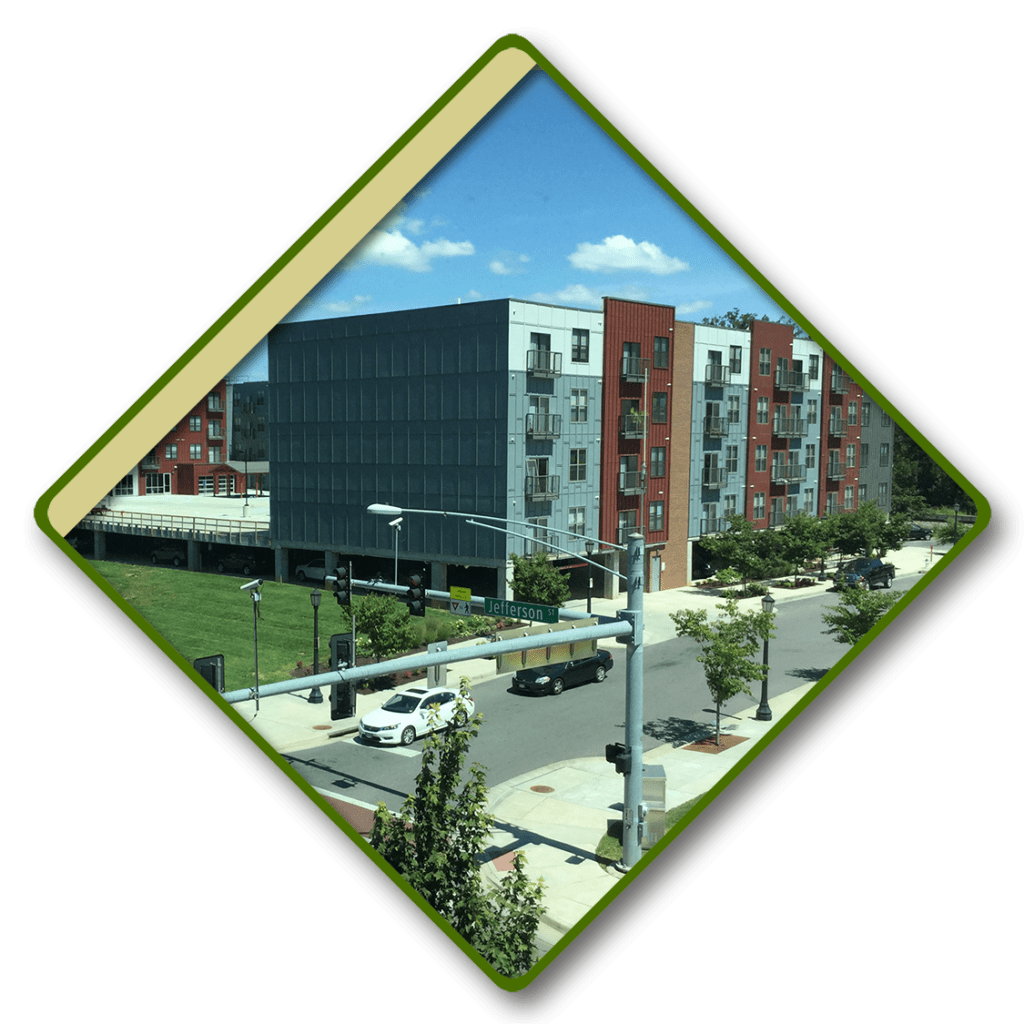
The term ‘redevelopment’ is often used interchangeably with revitalization or renovation. However, the denotation of the word is removing or razing structures and building new ones in their place. As a redevelopment authority, the term has a definition in the Virginia Code that applies to redevelopment areas and redevelopment plans that RRHA and the City of Roanoke have partnered in. RRHA and the City created redevelopment plans after studying areas and determining that significant blight was detrimental to future economic use. RRHA is the acquisition agent in such redevelopment plans and acquires property to implement the redevelopment plan’s early stages.
Under Virginia Code RRHA has the power of eminent domain in redevelopment areas, but in past redevelopment projects was usually able to acquire the most necessary properties through negotiation with the owner. The rationale for redevelopment plans was the condition of older areas of the City that had fallen into disrepair and would need help attracting investment to redevelop. In this process, RRHA and the City worked together to create a redevelopment plan through which RRHA acquired and cleared properties, sometimes initiating environmental cleanup, before transferring them to the City and/or developers under contract.



RRHA and the City of Roanoke’s history of redevelopment area planning and implementation is quite varied. RRHA recognizes the painful impact of some past redevelopment projects through urban renewal grants. At the same time, RRHA also contributed to numerous landmark redevelopment efforts with the City, such as the South Jefferson Redevelopment Area, Hotel Roanoke Conference Center, and the now Wells Fargo Tower positively benefited the Roanoke Valley’s economy and quality of life.
A bill passed by the General Assembly in 2007 that took effect in 2010 limits the amount of area that can be encompassed into a redevelopment plan. This law, among other changes, requires that each property in a redevelopment area must meet the definition of blight. The law significantly raised the standards for local governments to use eminent domain and reduced their ability to consider a broad area of the City to be “blighted” without examining each property. In part due to this change in the Virginia Code, and in large part due to philosophical changes, redevelopment plans are much less likely to be a part of local government in the future.
Following is a sampling of redevelopment and revitalization projects in which RRHA has been involved:
- South Jefferson Redevelopment Area
- Eight Jefferson Place
- Miller’s Hill
- Gainsboro Professional Park
- Gainsboro Enhancement II
- Hotel Roanoke Redevelopment
- Henry Street Revival
- Shaffer's Crossing
- Deanwood Commerce Center
- Downtown East Project (SunTrust Plaza, Anthem, Norfolk & Southern Office Building, Century Station Parking Garage, & IBM)
- First Union Tower (Currently the Wells Fargo Tower)
- The Roanoke Civic Center
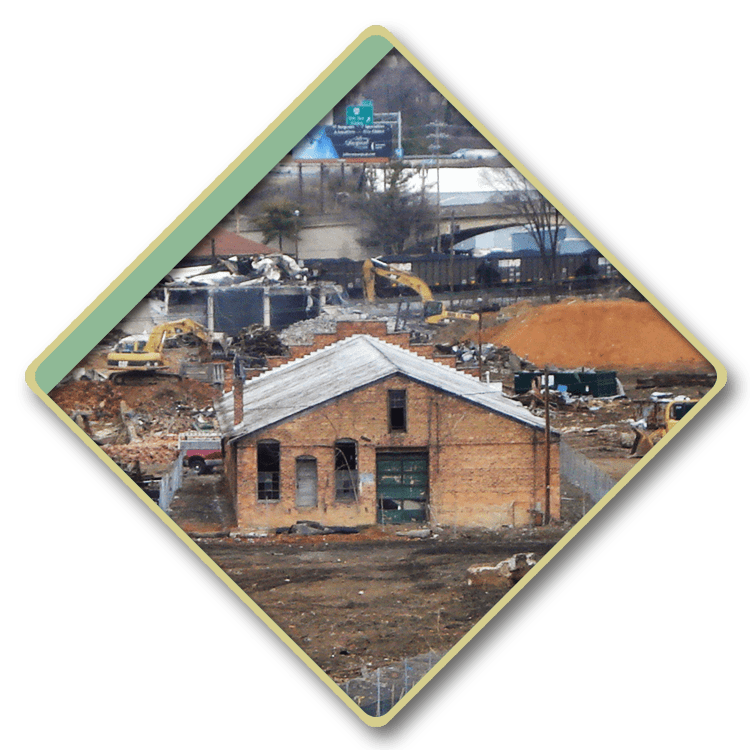


Following is a sampling of redevelopment and revitalization projects in which RRHA has been involved:
- South Jefferson Redevelopment Area
- Eight Jefferson Place
- Miller’s Hill
- Gainsboro Professional Park
- Gainsboro Enhancement II
- Hotel Roanoke Redevelopment
- Henry Street Revival
- Shaffer's Crossing
- Deanwood Commerce Center
- Downtown East Project (SunTrust Plaza, Anthem, Norfolk & Southern Office Building, Century Station Parking Garage, & IBM)
- First Union Tower (Currently the Wells Fargo Tower)
- The Roanoke Civic Center



Urban Renewal
Urban Renewal was a federal grant program that provided funding to cities to redevelop older areas of their locality that it deemed “blighted.” The Housing Act of 1949 (the Taft-Ellender-Wagner Act) established urban redevelopment grants for localities to clear areas and sell the land to developers to build new housing and businesses. Urban renewal became the common phrase for these grants with the passage of the Housing Act of 1954, which increased their usage across the country due to the availability of federally insured mortgages from the Federal Housing Administration. Both the 1949 and 1954 bills provided funds for public housing, with preferences given to families that were displaced by the ‘slum clearance’ of urban renewal grants.
The distinction between Urban Redevelopment and Urban Renewal after 1954 has been largely semantic with regards to federal grants to claim property and redevelop it. These Acts and the landmark Supreme Court decision of Berman v. Parker in 1954 gave local governments the authority to use eminent domain, typically exercised through a redevelopment authority such as RRHA. Thus, urban renewal grants were often the basis of redevelopment areas and plans for localities.
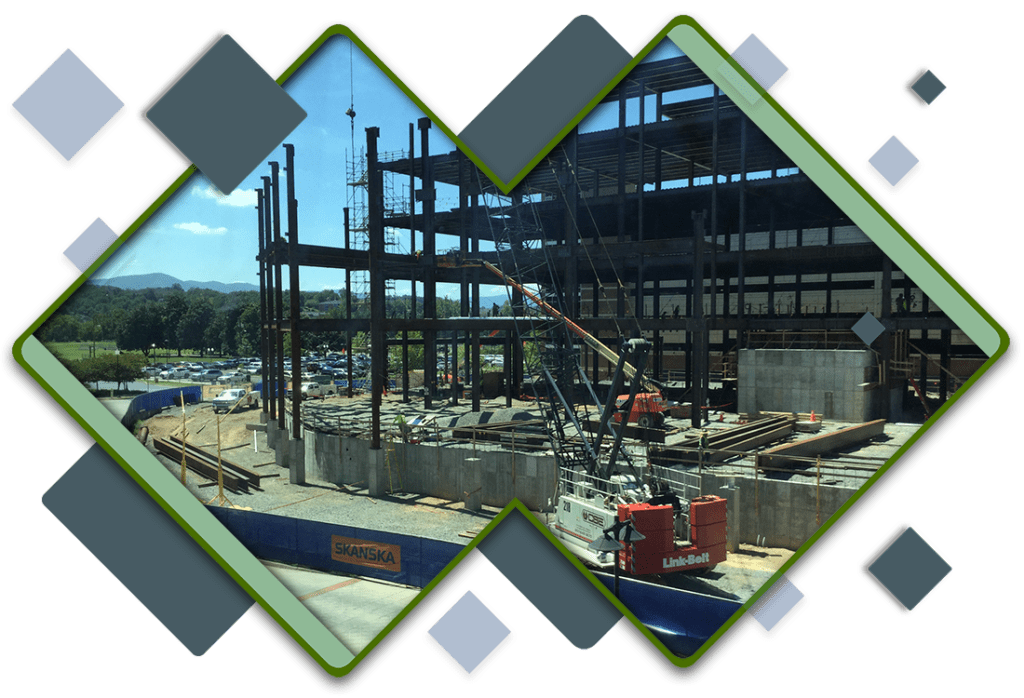

Urban Renewal has been lauded for its success in redeveloping older parts of cities as suburban growth threatened the vitality of urban centers, but it has also drawn ire for its displacement of families and lack of regard for the context and history of urban neighborhoods. Many families that were displaced by such grants lost family homes and their chance to pass on what limited generational wealth they had to their children. This was particularly the case for African-Americans who were also beset by redlining, the then legal practice of limiting lending by financial institutions based on geographic location. This practice was outlawed by the passage of the Civil Rights Act in 1965.
In Roanoke, Urban Renewal was essentially a microcosm of the nation with visible successes and failures, and lingering effects that continue to shape public discourse and city planning. Proponents can point to the Roanoke Civic Center and the office buildings on Franklin Road between Jefferson Street and Williamson Road as examples of successful urban renewal projects. However, former residents and others impacted by displacement in the Gainsboro and Northeast neighborhoods regard urban renewal as an abuse of power that disproportionately impacted African-Americans. The pain and resentment within the community remains today.
Upon the change in Virgina law in 2010, RRHA sought to close the Gainsboro Redevelopment Plan, one of the only remaining plans that remains in place. In public meetings Gainsboro neighborhood residents opposed this action and asked for the plan to remain in place. RRHA agreed to do so though there are no current plans by the City and RRHA to implement the plan or funding dedicated to such.
South Jefferson Redevelopment Area
The redevelopment of the South Jefferson Area has arguably been the largest and most significant economic development endeavor in the City of Roanoke over the last half century or more. It is the largest and most successful redevelopment project ever undertaken by the Roanoke Redevelopment and Housing Authority and the City of Roanoke. What was largely a forlorn, declining industrial corridor in a flood plain further beset by environmental contamination and blight, is now home to a thriving medical school engaged in nationally recognized research projects, and a vibrant neighborhood with new apartments and restaurants.
The redevelopment of the South Jefferson Area has arguably been the largest and most significant economic development endeavor in the City of Roanoke over the last half century or more. It is the largest and most successful redevelopment project ever undertaken by the Roanoke Redevelopment and Housing Authority and the City of Roanoke. What was largely a forlorn, declining industrial corridor in a flood plain further beset by environmental contamination and blight, is now home to a thriving medical school engaged in nationally recognized research projects, and a vibrant neighborhood with new apartments and restaurants.
This area was initially branded as the Riverside Centre for Research and Technology, however good fortune and the collaborative efforts of the Virginia Governor and General Assembly, Virginia Tech and Carilion Clinic, led to the creation of the Virginia Tech Carilion School of Medicine (VTC) in 2007. In 2010 the Fralin Biomedical Research Institute at VTC was founded and has grown exponentially as a medical research hub.
South Jefferson Redevelopment Area Design Guidelines
RRHA is responsible for reviewing any new development proposals prior to City approval of building permits to ensure that it meets the design guidelines. The South Jefferson Redevelopment Area Design Guidelines are meant to guide new developments (redevelopments), making them fit with local character while raising the quality of the built environment in the project area.
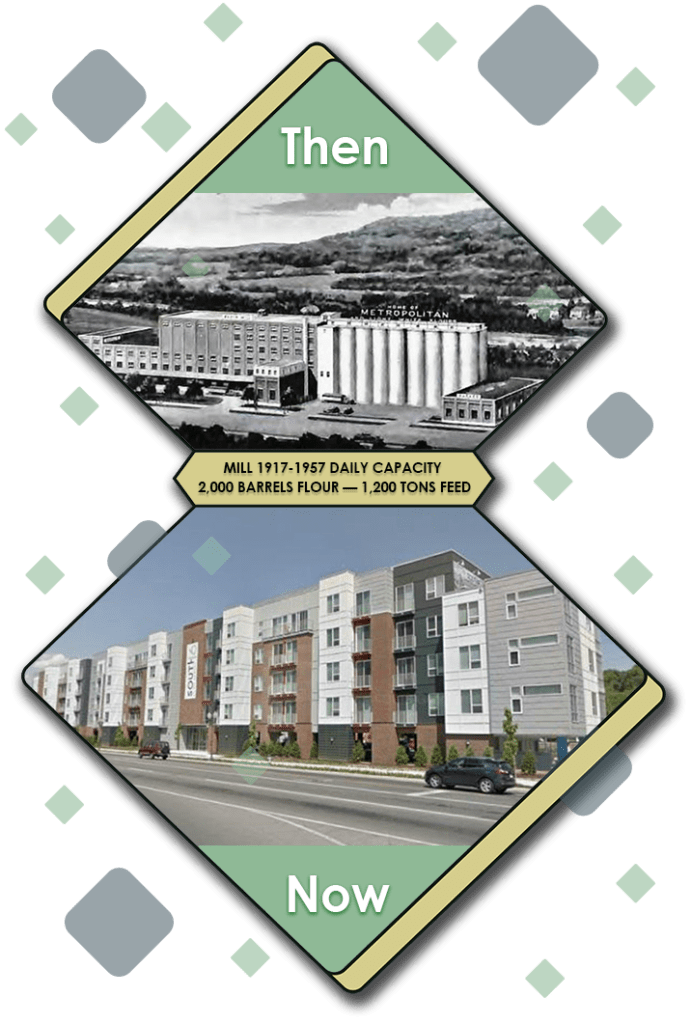


This area was initially branded as the Riverside Centre for Research and Technology, however good fortune and the collaborative efforts of the Virginia Governor and General Assembly, Virginia Tech and Carilion Clinic, led to the creation of the Virginia Tech Carilion School of Medicine (VTC) in 2007. In 2010 the Fralin Biomedical Research Institute at VTC was founded and has grown exponentially as a medical research hub.
South Jefferson Redevelopment Area Design Guidelines
RRHA is responsible for reviewing any new development proposals prior to City approval of building permits to ensure that it meets the design guidelines. The South Jefferson Redevelopment Area Design Guidelines are meant to guide new developments (redevelopments), making them fit with local character while raising the quality of the built environment in the project area.



The South Jefferson Redevelopment Area was adopted by the City of Roanoke and in May of 2000. The redevelopment area contains 110 acres located south of downtown Roanoke.
The Amended South Jefferson Redevelopment Plan Area is the guiding strategic implementation document for the redevelopment area, and includes design guidelines. RRHA acquired nearly all of the properties in the redevelopment area that have currently been put to use and does not anticipate acquiring any additional properties.
The guidelines establish three distinct districts:
- Jefferson Street Corridor
- Campus and Institutional Area
- The Crossing
Each of the three districts has unique design criteria to regulate building setback, height limit, building materials, facades, parking, landscaping, signage, fencing and lighting. Development plan review and procedures are also addressed in the Design Guidelines.
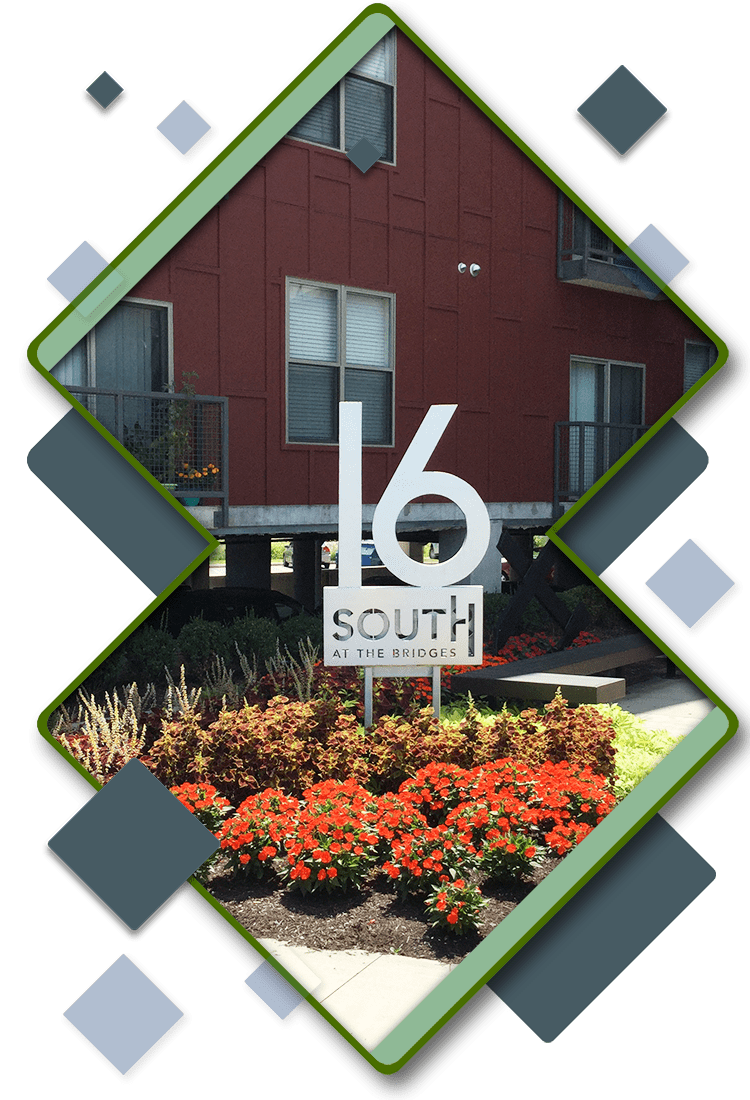

The South Jefferson Redevelopment Area was adopted by the City of Roanoke and in May of 2000. The redevelopment area contains 110 acres located south of downtown Roanoke.
The Amended South Jefferson Redevelopment Plan Area is the guiding strategic implementation document for the redevelopment area, and includes design guidelines. RRHA acquired nearly all of the properties in the redevelopment area that have currently been put to use and does not anticipate acquiring any additional properties.
The guidelines establish three distinct districts:
- Jefferson Street Corridor
- Campus and Institutional Area
- The Crossing
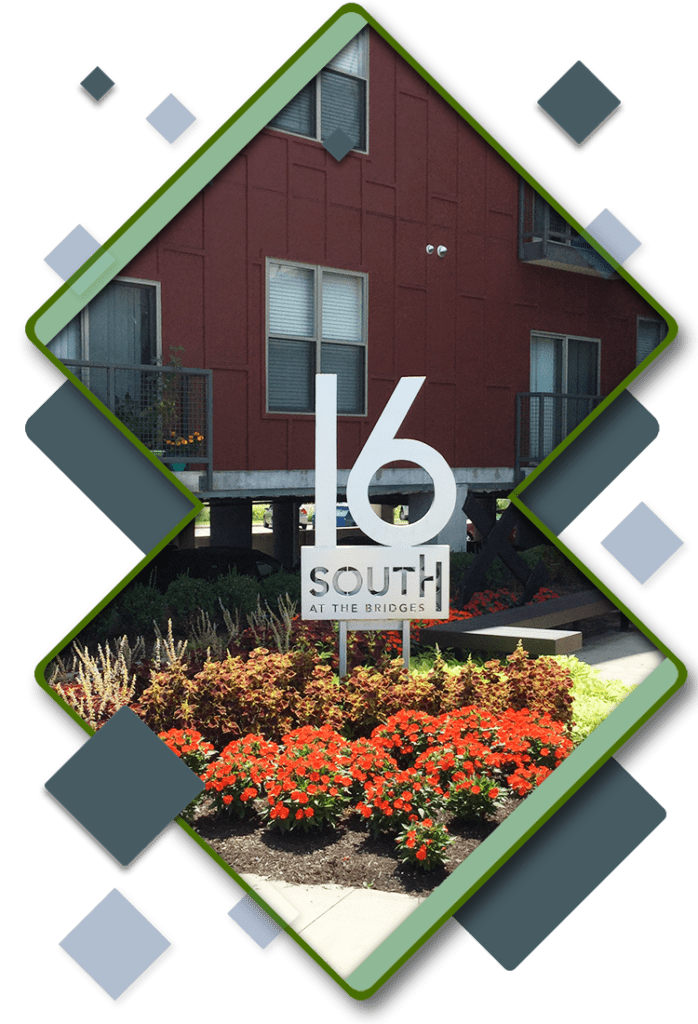

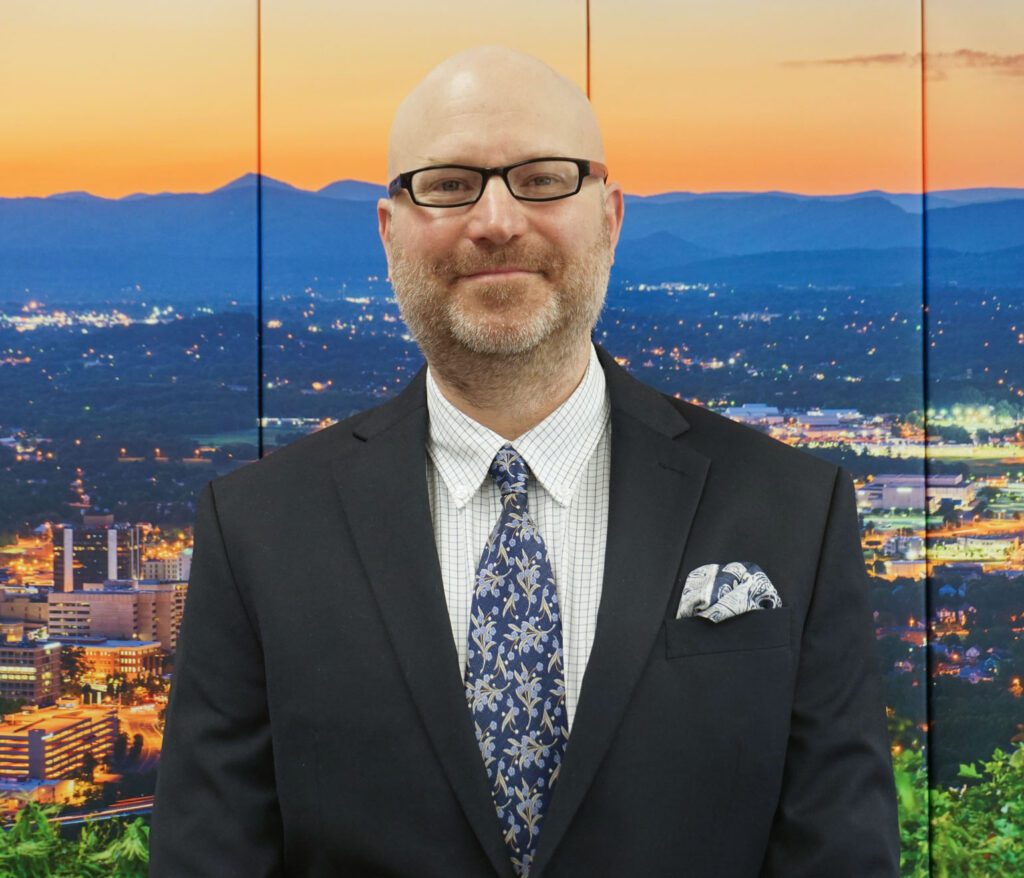


Frederick Gusler
Director of Redevelopment and Revitalization
Contact Frederick Gusler for additional information concerning the South Jefferson Redevelopment Area. Email: fgusler@rkehousing.org Phone: (540) 983-9260
This section explains the review process and content required for the submission of development plans for consideration by the Roanoke Redevelopment and Housing Authority. The South Jefferson Redevelopment Area Campus & Institutional District Standards are a supplement to the South Jefferson Redevelopment Area Design Standards and apply in the Campus and Institutional Area. The original document of the Campus and Institutional District Standards contains samples that are available to borrow from and the pages of this document were created for broader distribution.
Each of the three districts has unique design criteria to regulate building setback, height limit, building materials, facades, parking, landscaping, signage, fencing and lighting. Development plan review and procedures are also addressed in the Design Guidelines.
This section explains the review process and content required for the submission of development plans for consideration by the Roanoke Redevelopment and Housing Authority. The South Jefferson Redevelopment Area Campus & Institutional District Standards are a supplement to the South Jefferson Redevelopment Area Design Standards and apply in the Campus and Institutional Area. The original document of the Campus and Institutional District Standards contains samples that are available to borrow from and the pages of this document were created for broader distribution.



Frederick Gusler
Director of Redevelopment and Revitalization
Contact Frederick Gusler for additional information concerning the South Jefferson Redevelopment Area. Email: fgusler@rkehousing.org Phone: (540) 983-9260
Community Development
Community Development efforts at RRHA are improving the community through:
- New Construction
- Homeownership Programs and Counseling
- Real Estate Acquisitions for the City
- Neighborhood Revitalization
Residential Redevelopment
RRHA has many residential redevelopment projects with partner agencies to promote neighborhood revitalization and economic development. These projects provide a multitude of housing options for low to moderate-income persons while providing a wide variety of neighborhood revitalization efforts that increase property values, promote homeownership opportunities, and encourage diversity in neighborhoods.
RRHA is a member of the Roanoke Neighborhood Revitalization Partnership and assists partner agencies and the City of Roanoke in the latter’s HUD target area revitalization efforts.
For more information visit the City of Roanoke’s web page.
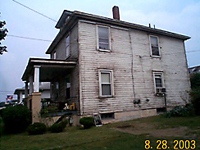


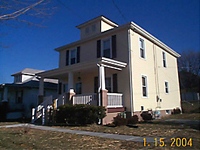








Residential Redevelopment
RRHA has many residential redevelopment projects with partner agencies to promote neighborhood revitalization and economic development. These projects provide a multitude of housing options for low to moderate-income persons while providing a wide variety of neighborhood revitalization efforts that increase property values, promote homeownership opportunities, and encourage diversity in neighborhoods.
RRHA is a member of the Roanoke Neighborhood Revitalization Partnership and assists partner agencies and the City of Roanoke in the latter’s HUD target area revitalization efforts.
For more information visit the City of Roanoke’s web page.
